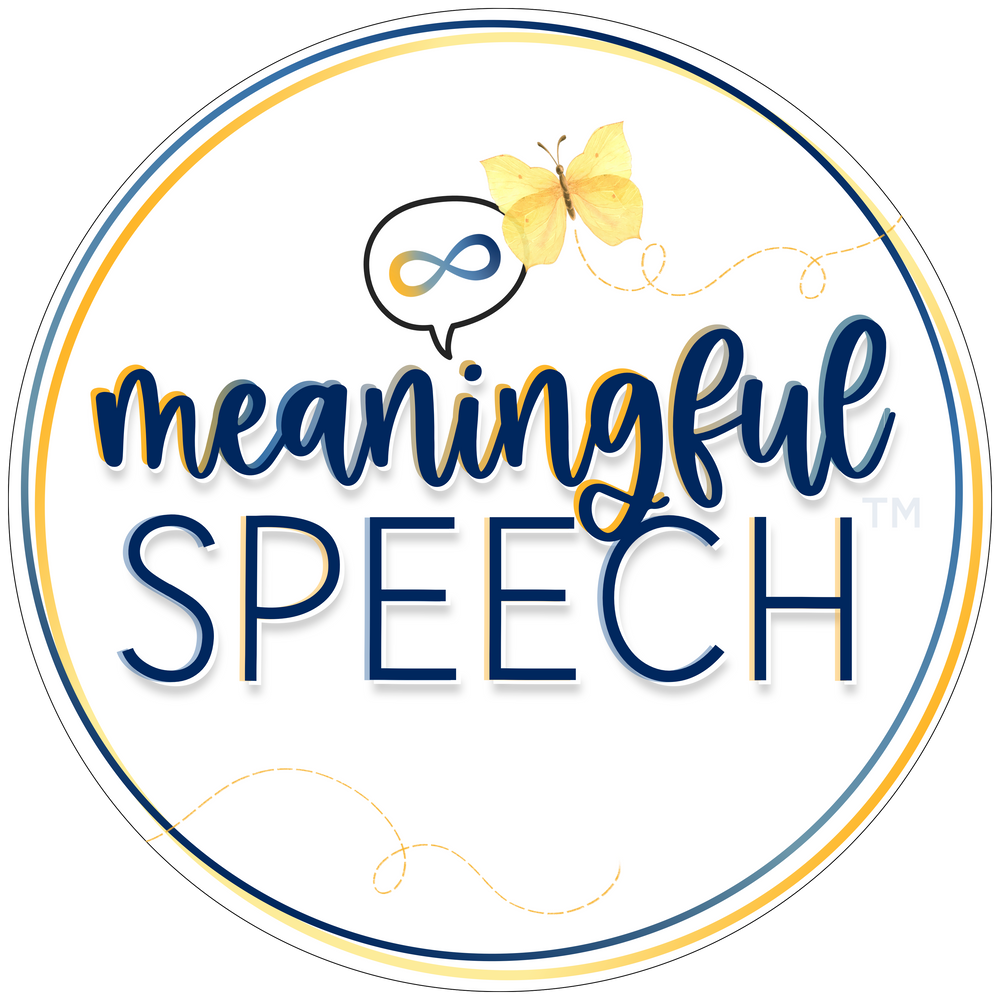Become a Neurodiversity-Affirming Speech-Language Pathologist or Parent: Practical Steps & Questions to Ask
Jun 11, 2025
Whether you’re a speech-language pathologist (SLP) wanting to make your practice more neurodiversity-affirming or a parent seeking the best services for your child, there are meaningful changes you can make today. Neurodiversity-affirming approaches recognize and celebrate each individual’s unique way of thinking and communicating moving away from rigid milestones and standardized testing toward child-led, strength-based support.
For Speech-Language Pathologists & Practice Owners: How to Shift Toward a Neurodiversity-Affirming Practice
1. Rethink Your Intake Process
Traditional forms often focus on delays or deficits, but a neurodiversity-affirming approach starts with strengths, interests, and family goals. Ask about the child’s interests, play preferences, and unique ways of communicating. This shift opens up a fuller picture of the client really is.
Tip: We created specialized Gestalt Language Processing (GLP) Intake Forms that focus on these strengths. They’re fillable, printable, and include everything from parent questionnaires to language sample recording guides.
2. Embrace Lifelong Learning
It’s okay not to have all the answers! Being neurodiversity-affirming means being willing to unlearn outdated, harmful practices and listen deeply to neurodivergent voices. Seek out continuing education, mentorship, and clinical experiences that broaden your understanding.
3. Move Beyond Standardized Assessments
Standardized tests often don’t capture the full picture of neurodivergent children, especially gestalt language processors. Prioritize language samples, parent interviews, video observations, and child-led play during evaluations. These methods honor the child’s natural communication and development.
4. Make Evaluations Child-Led
Children communicate and learn best when they feel safe and engaged. Align your assessments and sessions with child-led play, letting language emerge naturally through interaction and movement.
5. Collaborate With Occupational Therapists
Sensory needs are a foundational part of supporting all children, especially neurodivergent children. Work closely with occupational therapists who are knowledgable about sensory integration to understand and meet these needs during therapy. We want to make sure we are addressing and supporting the whole child.
6. Involve Parents & Caregivers
Parents are the experts on their children. Share information openly, educate and coach them on strategies, and invite their involvement. Therapy is most effective when it extends beyond our sessions and into the child's daily life. We want caregivers to feel confident outside of the therapy room supporting their child.
7. Consider Your Work Environment or Practice Model
Not every setting supports neurodiversity-affirming approaches. If your current workplace restricts how you can practice, think about shifting to a different setting or launching your own practice with autonomy to prioritize neurodiversity-affirming values.
Want to learn more about starting a practice? Our on-demand webinar, Starting a Niche Private Practice is available for purchase! Meaningful Speech team member Jessica Teixeira (@jesstheslp) and Meaningful Speech founder Alexandria Zachos share their own speech-language pathology niche private practice stories, practical guidance on getting started, and answer common questions from clinicians just like you.
For Parents & Caregivers: Questions to Ask When Choosing Neurodiversity-Affirming Services
When seeking speech therapy or related supports, these questions can help you find providers who truly honor your child’s unique needs:
-
What types of assessments do you use to set goals?
Look for providers who don’t rely on standardized tests but use language samples, play observations, parent interviews, and home videos. Especially if your child is a gestalt language processor. -
What does a typical therapy session look like?
Sessions should be child-led, following your child’s interests rather than being adult-directed or focused on compliance. Therapy should avoid trying to change the child to fit neurotypical norms and instead support authentic communication and development in a way that respects who your child is.How do you keep your staff up-to-date?
-
Ask about ongoing professional development and whether the team is open to learning new neurodiversity-affirming approaches.
-
What role do parents/caregivers play in therapy?
You should be included as partners in the process, receiving coaching and strategies to support your child outside of sessions.
Want to dive deeper into child-led therapy, gestalt language development and neurodiversity-affirming practices?
There are so many ways to keep learning and growing as a parent or professional:
- There are many free podcasts, webinars and articles to get you started. A comprehensive list of resources can also be found on our website. We now have a FREE masterclass on echolalia and child-led therapy and a Beginner's Guide to AAC & Gestalt Language Processing that are perfect for anyone starting their learning journey or on the fence about purchasing our courses!
- Meaningful Speech Course or AAC + Gestalt Language Processing Course: Deepen your understanding of gestalt language processing and learn strategies to support gestalt language development with one of our self-paced courses or webinars.
- SLP Registry: Find speech-language pathologists experienced in supporting gestalt language processors and child-led therapy.
- Free Webinars and Articles: Access free information to further your own knowledge or get free resources you can share with others.
